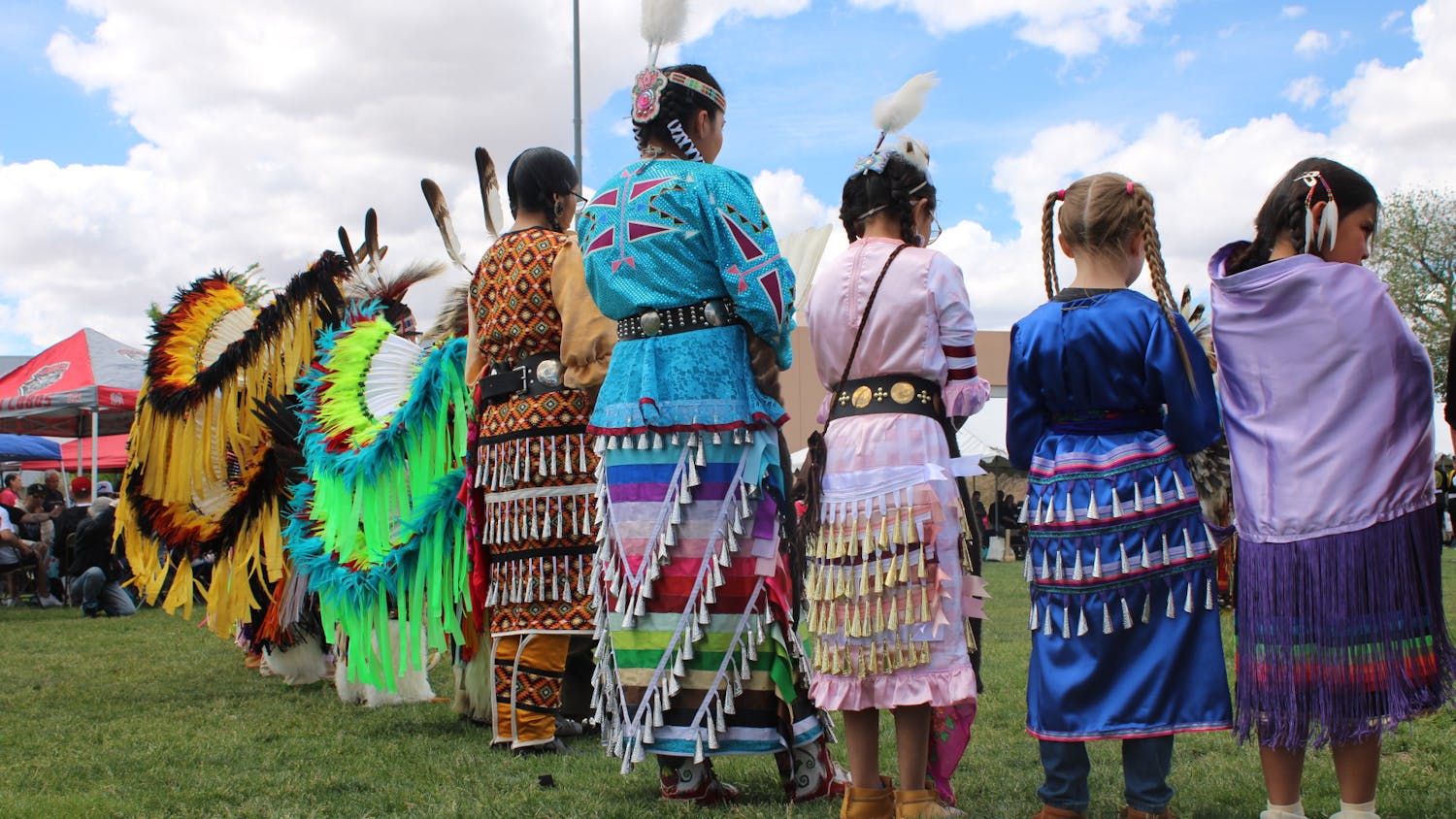by Mike Smith
Daily Lobo
As of 2007, almost 2 million people live in New Mexico. Almost 500,000 of them live in Albuquerque, and more than 300,000 live in Las Cruces, Santa Fe, Rio Rancho, Roswell and Farmington.
As a result of so many people gathered in so few places, these cities have come to provide a near-majority of New Mexicans with their visual definitions of what New Mexico is and have become the face this state shows to the world. Tourists recalling New Mexico likely think of Santa Fe, with its cottonwood-shaded plazas, adobe churches and stuccoed Wal-Marts. They may picture Kodachrome balloons wafting over Downtown Albuquerque, and they probably won't call to mind the barely-there desert towns that freckle the state, that punctuate its roads and offer travelers a relief from driving and residents a place to call home.
One such town is Grenville, in New Mexico's northeast corner. Grenville is New Mexico's smallest incorporated village - a ranching and dairy community of 25 people, all Caucasian. The land around Grenville is grassy and relatively lush, and the town's more notable buildings include a picturesque wooden edifice that was once a Baptist church, and a historic post office where Grenville's mayor sells stamps and envelopes.
Get content from The Daily Lobo delivered to your inbox
Grenville came to life in 1880, when the Colorado and Southern Railroad made it a station, naming the stop after Grenville M. Dodge, a railroad official. Eager settlers rode the train here in search of free land. The post office opened in 1888, and in 1919, thanks to a nearby oil well called the Snorty Gobbler, the town boomed. By 1921, 700 people lived in Grenville, but in 1925, the Snorty Gobbler dried up, and the town's population began a decline that has yet to reverse itself.
About halfway down the far eastern edge of the state lies another, even smaller New Mexico town - the ranchland community of Pep. With a population of four, Pep is home to a grocery store, two gas pumps, a post office, a feed shed and an imposing 500-gallon propane tank. Pep sits as a lonely collection of buildings along a minor highway, surrounded by the desert plains of the New Mexico-Texas border. Pep was given its name in the fall of 1925, by a man named Edward Cox who chose the site for his home and store.
"Way I heard it was that when Mr. Cox moved the store here, a Mr. Hightower owned the water and a Mr. Bates the land," former Pep resident N.C. Cathey said in Toby Smith's Dateline: New Mexico. "Each feared hurting the other's feelings by naming the town after himself. That's when Mr. Cox looked out at Highway 18, which even then was a graded road, and predicted it would one day be busy - you know, peppy."
Even smaller than Pep is Nutt, in southwestern New Mexico's Luna County. Nutt boasts a population of two - a husband and wife. Slumping comfortably at the base of a long and low ridge, and within sight of a conical hill, Nutt is simply a house, the Middle of Nowhere Bar and CafÇ and the Nutt Gift Shop. Founded in 1881 as a depot on the Atchison, Topeka and Santa Fe Railroad, Nutt took its name from Col. Nutt - a prominent railroad stockholder - and served as a valuable trading point for area miners until the railroad extended its line to someplace more interesting, and almost everyone in Nutt ran to get out. A Mr. Bridges bought the entire town in the mid-1900s and lived there with his family.
"He was the mayor, the sheriff, and the town drunk," recalled Bridges' son Jim in a 1998 interview. "My mother was
the judge."
Today, many consider Nutt a ghost town, but residents Janet and Terry Cosgrove
aren't ghosts.
Like Grenville and Pep, Nutt is a place many New Mexicans have never even heard of, but it is still just as much New Mexico as the trendiest Santa Fe nightspot or the busiest stretch of Albuquerque's Central Avenue - and just as worthy of visiting.
Just make sure you bring a book.
Mike Smith is a UNM history major and author of Towns of the Sandia Mountains. E-mail him with suggestions for future columns at AntarcticSuburbs@yahoo.com.






